Rain and storms can create havoc in Houston which could damage the roofs. It is important to identify any roof damage after the natural disturbances and fix any damage to avoid any leaks and costly expenses. You can do a basic inspection of the roof yourself, but it is generally advisable for safety reasons that only experienced and trained professionals climb on the roof. Still keeping a constant eye on your roof is important. It is also recommended to have your roof professionally inspected after the expected lifespan of the roof has passed.

A routine roof check is something that should always be on every homeowner’s to-do list. A damaged roof can cause problems you really don’t want to deal with at certain times. We always advise everyone to contact a roofing contractor as soon as possible, but it is also important that you learn a thing or two about roof repair which can come in handy at times.
To ensure that the inside of your home remains in good condition, one needs to keep water, mold, and dirt out of the roof. Ignoring minor roof damages could lead to major damages later. Damaged roofs could affect the interiors of the house as well.
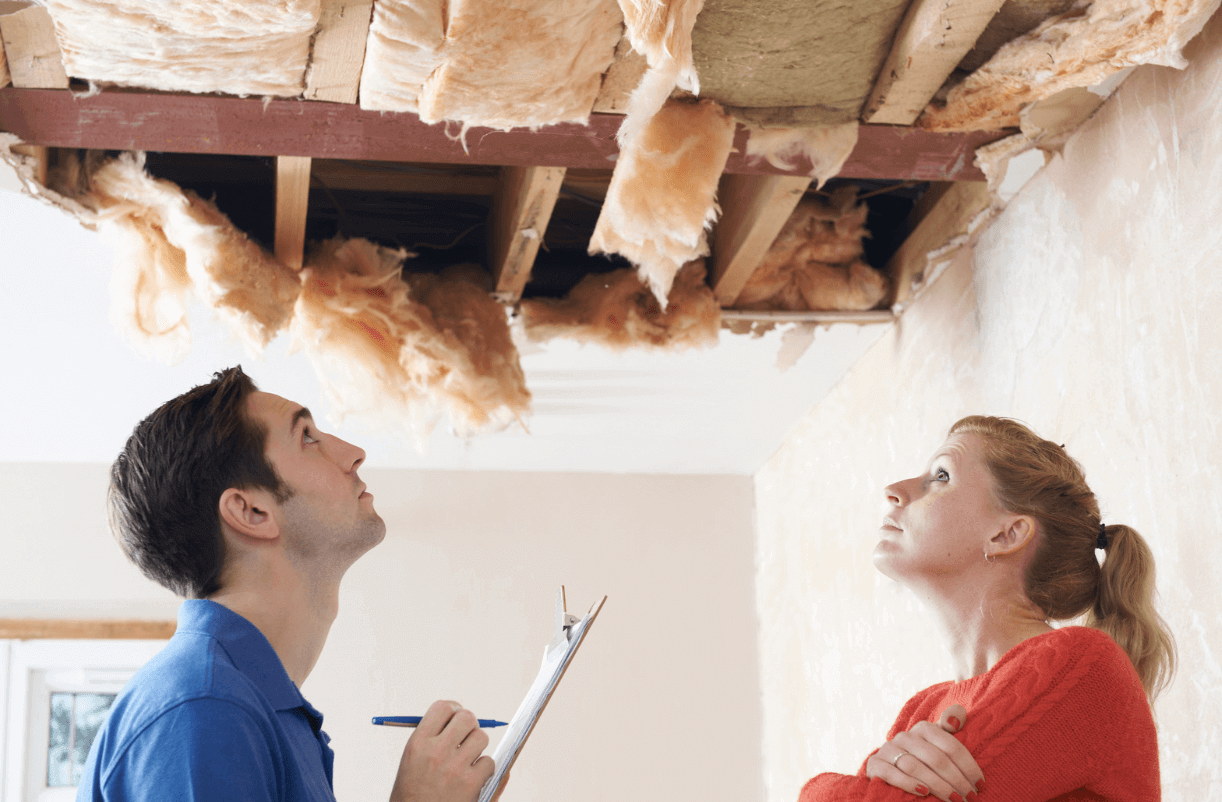
Since the roof protects us from heat, rain, cold, wind, and other external elements, it goes through different types of damage. The interior of the roof needs total protection from extreme weather conditions.
It is recommended to have your roof, as well as your house, inspected annually. An annual inspection ensures the good health of your roof. In case of major damage or major storms, reach out to professional roofing contractors for inspection. With the help of a local roofing company, it is not much of a hassle to understand the damage, if any.
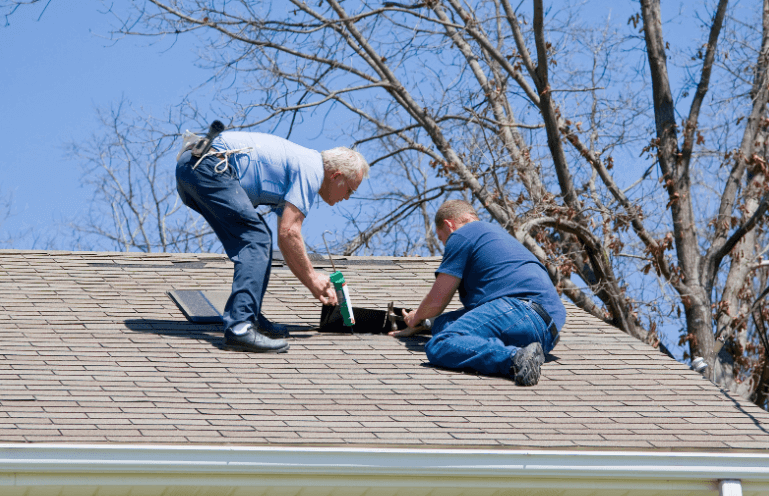
A roof inspection is necessary after every storm. Even a small hail could cause tears in roofing materials and premature aging of the roof. There may not be visible damage on the outside but there might be loose shingles, missing granules, and leaks that could cause interior damage.
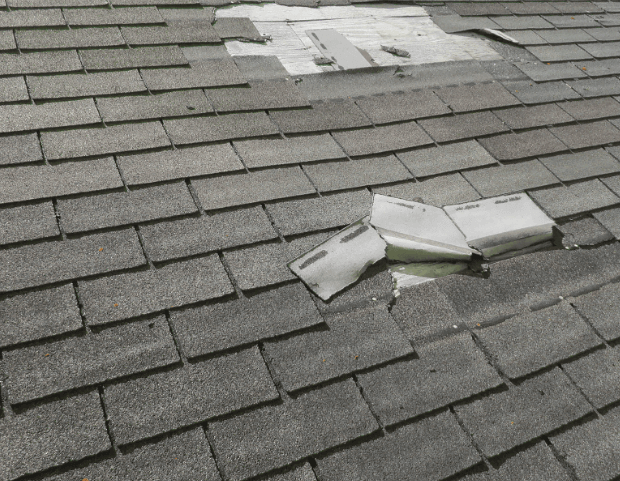
When the roofs are not cleaned out, you’ll be able to see weeds, plants, and even small trees growing on the roof. There could also be bird nests and deposits leading to further vegetation damage. This damage can lead to interior damage, penetrating through the roof membrane.

High-speed winds can cause major damage to the roof. These winds can cause roof tears, damage the shingles, and expose the underlayment. Slower winds could cause visible dents to the roof. Sharp, unexpected winds can cause damage to shingles, thus making the roof vulnerable.
The signs of wind damage could be:
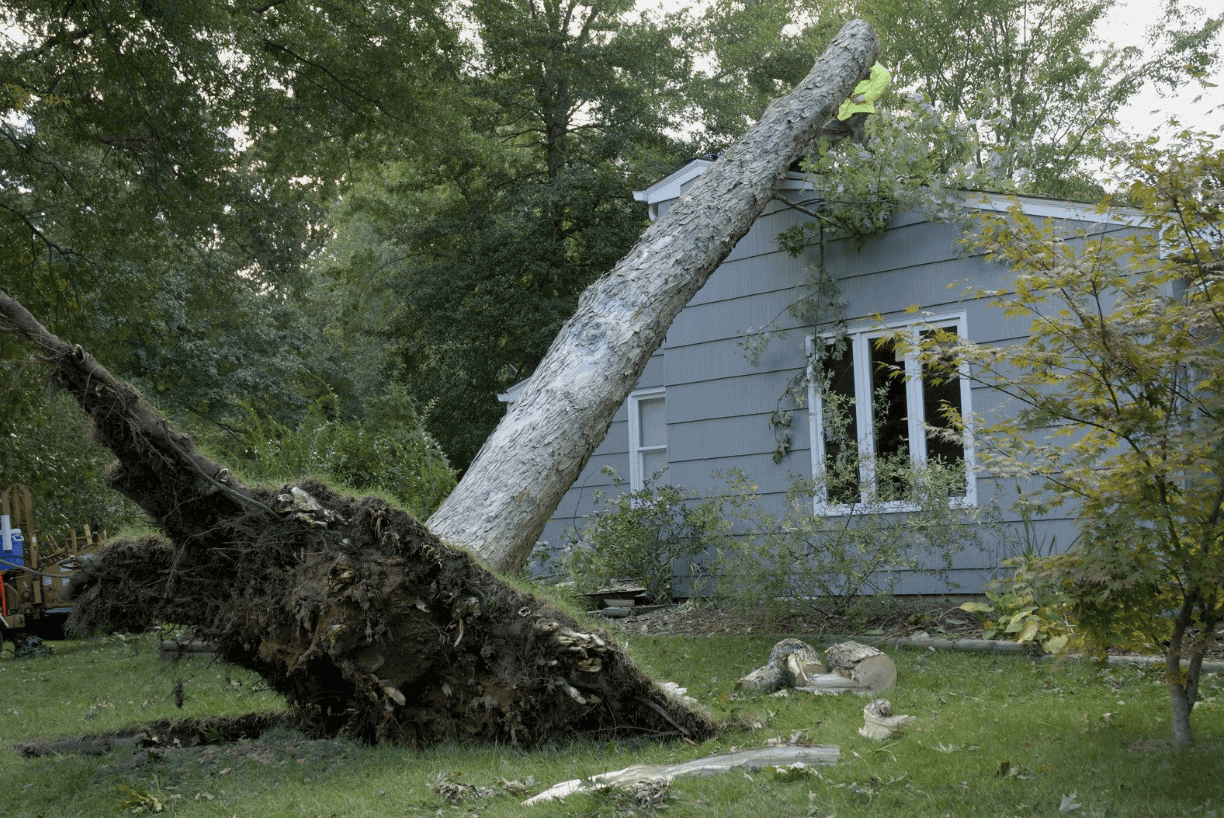
Leaks in the water system can cause roof damage. The still water or rainwater can also cause clogged gutters. It could damage the shingles and the underlayment.
Signs of water damaged roof:

As time goes by, roofs get old too. And as the roof gets old, problems and damages would show up eventually.
Common signs of roof aging are:
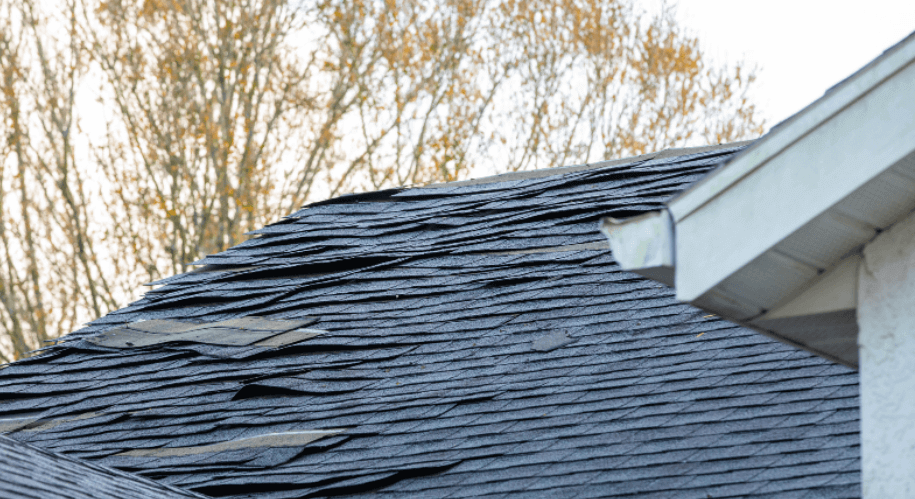
Debris from the storm can land on the roof which can include small branches to large branches, and shards of glass. While inspecting the roof after a wind event, investigate what might have blown onto or across the roof. This could leave the roof vulnerable to intrusion by moisture.
Some signs of roof damage due to debris:
Hail damage on a roof can cause cracks and dings depending on the size of the hail. Hailstorms therefore can crack roofing shingles leading to water damage to the roof. While hailstorm damage may not be easily visible, one must look carefully for common signs if granules from shingles are missing. If this damage is not addressed in a timely manner, then cracks may appear in the roof.
Walking around the roof and checking both the home’s exterior and interior for any signs of damage after the storm or rain. Damaged shingles on the roof might have curled or cracked and needs to be addressed. In case of excessive damage, roof replacement might be needed. Apart from the roof, a proper inspection of chimneys, gutters, ventilation pipes, and fencing is a must.
Check for any missing shingles, curled or broken shingles after any weather disturbances. Apart from the weather, check for loss of granulation from shingles which could be because of aging.

Look for any decay, leaks, loose attachments, or missing sections of the gutter. The rain or storm could have filled the gutter with excessive debris, and it is important to clean up the gutter as clogged gutters could easily freeze in winter and cause ice dams.
The gutters should be free of standing water and ensure that the downspouts are attached firmly and should be functioning as they should.
Make sure that the roofing contractor looks at the gutter attached because in case the gutter is attached to the drip edge, it would be difficult to replace the drip edge.
Decayed, stained, and clogged vents are some important parts to check for while inspecting. It is important to look at the soffit material that is covering the roof.

Chimney flashings are subject to tearing and hence look for any loose, missing flashings, damaged bricks, or cracked joints. Ensure that the chimney has a saddle to divert water away from it. Heavy rain or snow could slide into the chimneys, thus causing damage.
Excessive rain or storm could have left moisture marks, stains, peeling paint on walls, and a leaking roof which needs immediate action. A good contractor wouldn’t miss the attic while inspecting. Look for the ventilation in the attic and any rotten wood on the roof. Stains or other water damage can be easily spotted on woods and walls which will tell you exactly where a roof problem has taken place.

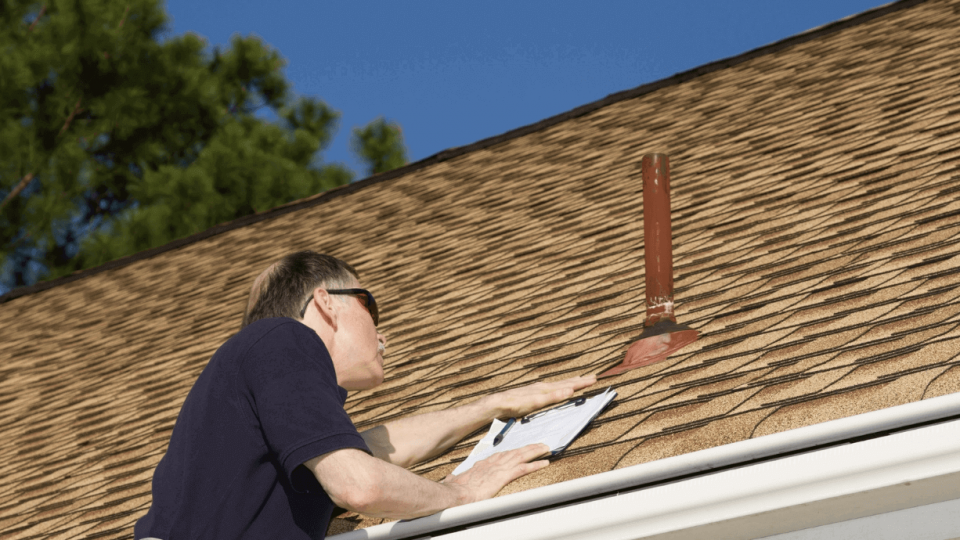
Vent pipes, roof vents, media installations, or other items create holes in your roof. These holes are covered by various boots, seals, sealants, or flashing to keep water out. All of these penetration seals should be inspected for condition and effectiveness.
Flashing is strips of metal, plastic, or other material that are used to divert water away from the joint created where a wall extends through the roof. Ensure that the flashing is up to code.

Now that we have identified the damage caused by the rain, wind, and snow, what should be the next step?
Being a homeowner, you have reviewed the damage and it’s time to fix the damage. Roofing companies like Allegiance Roofing & contracting services in Richmond and Houston would provide high-quality service by inspecting the roof and providing the right solution to the damage.
Allegiance Roofing is fully licensed and bonded roofers with well over 30 years of combined experience. Located locally in Richmond, TX, we can respond to emergency roof repair needs when they arise. The team is trained and will address every aspect of your insurance claims process and that all procedures are followed not only by us but the insurance company as well.
Contact Allegiance Roofing for any clarification that you might need and discuss the estimates to obtain the best experience for your roof. For more information about the services, or to schedule a free roof inspection, call us at (281)232-9100.
An Award – Winning Experience
Fill out the form below and one of our award-winning team members will contact you to schedule a time for your estimate.
